As an Amazon Associate I earn from qualifying purchases.
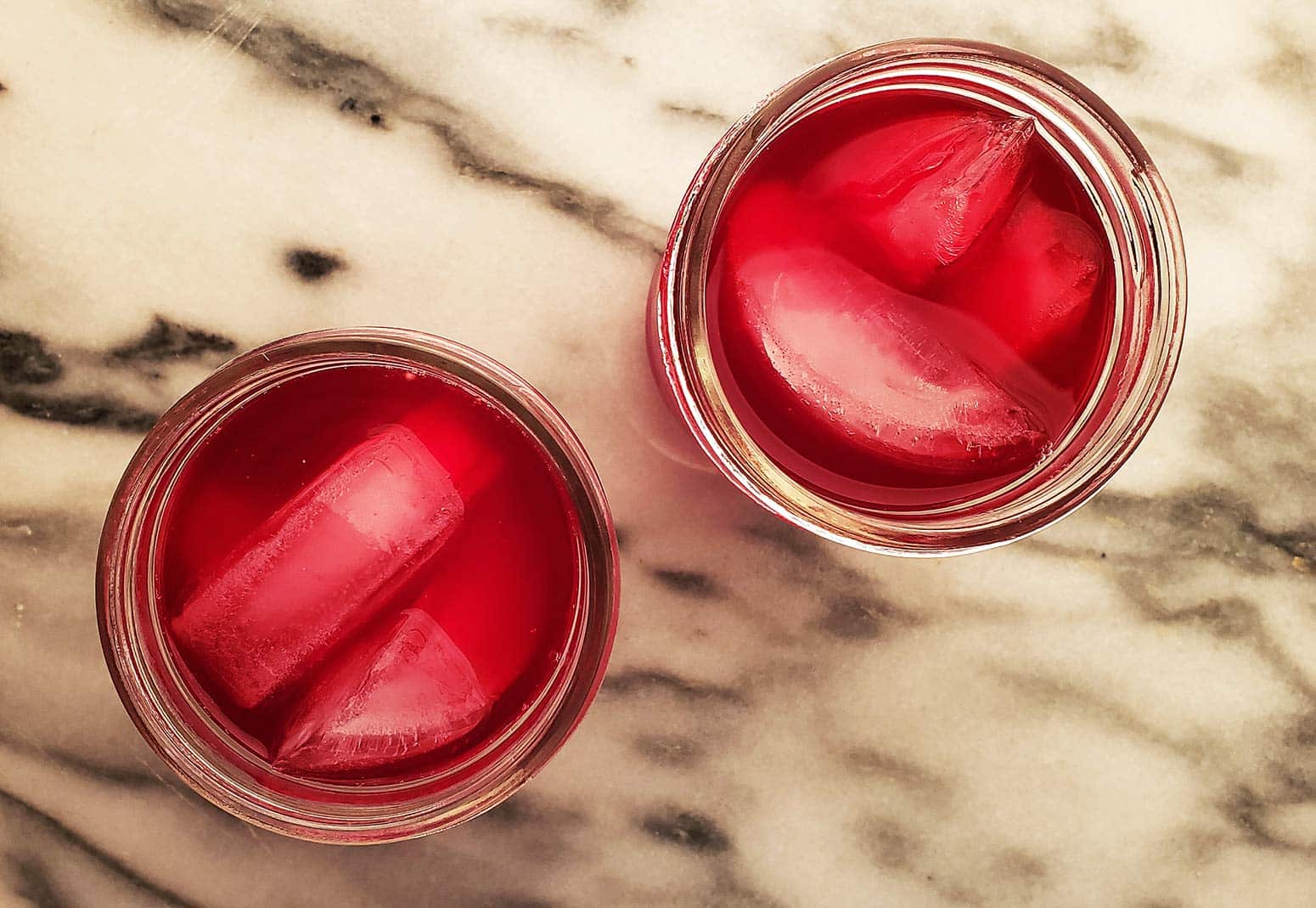
Prickly pear juice is arguably the best thing to make with your prickly pear fruit. The Mexicans call it agua de tuna — they call prickly pear fruit tunas. Here’s how to go about making it without getting all the spines in your hands.
Obviously you need to start with prickly pears. Interestingly, species of this cactus live in every American state outside of New England, as well as many Canadian provinces. Needless to say they are all over Mexico. I grow three varieties in my front yard.
Every species will have a slightly different flavor, but they are mostly a combination of bubblegum and watermelon, only with almost no tartness. More on that in a bit.
Almost all species are defended by two sets of spines: The ones you can see, and the glochids, which are hairlike and almost invisible… until it’s too late. There are a number of ways to deal with them. Start by knocking off the big spines with some twigs or a brush before you even pick the fruit. You can also use a torch to singe them on the plant, too, but be careful about starting fires.

You then use tongs or a stiff leather glove to twist off the fruit. I sometimes use a knife to slice them off at the base, too.
To get your prickly pear juice, you can peel the fruit — carefully — with a knife and proceed, but that leaves some flavor and tartness on the cutting board; most of the tartness in any prickly pear fruit is in the skin. But that’s where the glochids are.
With my method, you drop the fruit into a pot, just barely cover with water, and bring to a boil. Let it cool, then mash the now softened fruit with a potato masher and run the whole shebang through a food mill. Pro Tip: Freeze your prickly pears first, as this makes them even softer.
Strain the mash through a sieve and you are good to go. No glochids.
Now, about that tartness thing. I add fruit fresh, which is citric acid (it’s often in the canning section of the supermarket), but lime juice is a good alternative. Add to your taste.
Similarly, add sugar to taste. I don’t end up adding much at all, because I don’t love overly sweet things. You do you. Add ice, and, well, tequila, and you are good to go!
Prickly Pear Juice
Ingredients
- 3 pounds prickly pears
- Water to cover
- Citric acid or lime juice, to taste
- Sugar or honey, to taste
Instructions
- Remove the spines from the fruit, as noted in the text above. Put the fruit in a pot and just barely cover with water. Bring to a boil. Turn off the heat, and when it cools enough to work with, mash everything with a potato masher.
- Run the mash through a food mill, or of you don't have one, push it through a colander with a rubber spatula. You need to get rid of the many seeds. Once that's done, strain the mash through a fine sieve, pushing it through with a rubber spatula. If you want a very clear juice, run that one more time through a sieve with a paper towel set inside it, and do not push it through -- just let it drop through over the course of an hour or two.
- Add sugar, plus citric acid or lime juice to taste. Enjoy over ice.
Notes
Nutrition
Nutrition information is automatically calculated, so should only be used as an approximation.

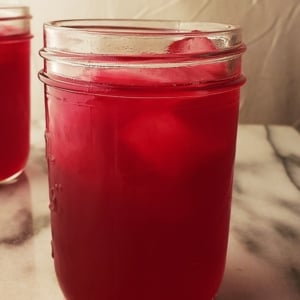
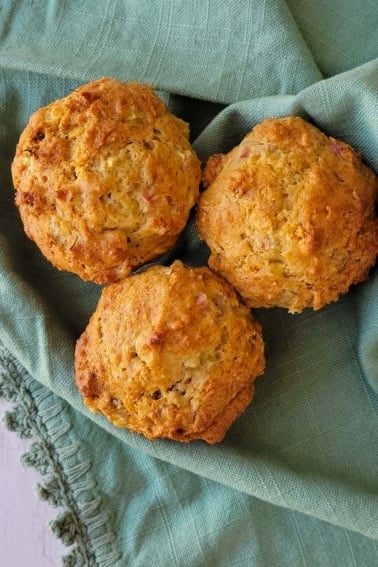

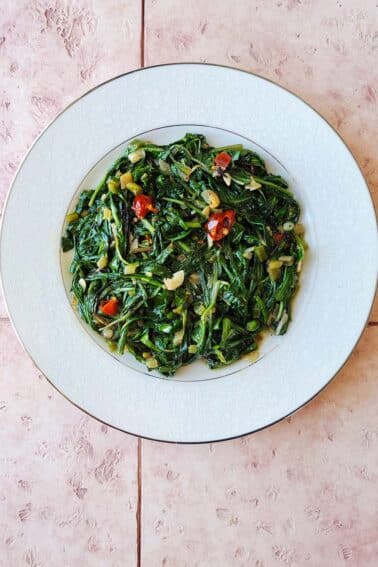
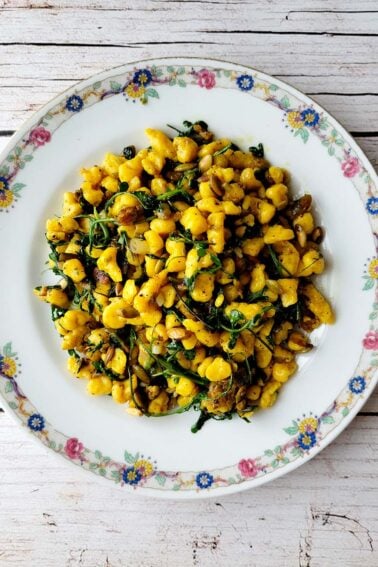
I drop my pears in blender add water blend then pour into a glass with ice and lime simple seeds float to bottom
I fill bottle 3/4 full, freeze, then add mineral water before drinking. Prickly pear soda pop!
Hello. Should you freeze them before putting them in hot water, or after mashing them? Sorry, I’m a little unsure, and I have some I want to try with.
Patty: You don’t have to freeze them at all, but freezing makes the fruit softer.
It’s early August and I have begun to harvest my tunas. I grab ’em with tongs and slice them at the bottom of the fruit. To clean them I fill the sink with cold water, and using the tongs, I stir everything around a bit. Again, using the tongs I cut them in half lengthwise and toss ’em in a large pot, stickers and all, filling to the top. I then put them on the stove over medium-low heat. After simmering for 15 to 20 minutes I mash everything with a potato masher and then push everything through a collandar (my food mill). Then I strain twice through two layers of dish towels. No stickers! I’ve been processing prickly pear fruit like this for years. I use it to make jelly. Yumm!
My husband and I have been harvesting and processing the tunas. I use the juice to make jelly and he has been making barbecue sauce. We have actually sold most of our products locally. Before the end of the season, I would like to process the tunas and freeze the juice, so if our customers run out, we can still provide them with jelly &/or sauce during the off-season.
Where do the tiny glochids go after freezing, boiling, mashing, food-milling and then straining?
Hi Brenda, I entered my website, but guess it isn’t published… it’s brownkawa dot com — it ain’t always pretty, but we try to keep it real! There are loads of better websites on how-to, this is more of a day-in-the-life of bumbling beginners…
Hank’s blog is just about our favorite go-to site for great info on our favorite pastime / life work — eating!
Hi Kiwi,
Try googling “Eat your weeds” great site. Check your local library for good books on identifying plants. You can also google AZ water reclamation garden site. Lots of desert hardy plants for sale and the pictures may help you find out what you have, Maybe your water treatment plant has or could begin this.
Pat
Just harvested some the prickly pears while visiting my son at Goodfellow Air Force Base a few weeks ago. They are delicious
Wow Kim, what a enviable challenge to move from the Midwest to NM and live off grid. Do you post on Hunt Gather Cook on Facebook? Would love to follow your adventures!
I’ve always wanted to collect prickly pears. In San Diego, they are everywhere and the squirrels get most. Any tips about when they are ripe? I feel like I wait and then they are on the ground.
Annette: Anytime they are red to the base of the fruit they are ready to pick. Even a little before that is OK, if not perfect.
Timely! Heading up to the mesa top in a moment to gather the last of our tunas. We are in high desert and have tiny tunas — and not too many. We’ve been collecting them and saving them up to have enough to work with, trusting your earlier post about tunas lasting well. Now that we know freezing is advised, we’ll do that in future years! (We are off-grid living in a camper, but found that a freezer is more efficient than a fridge, so we actually have a chest freezer on our tiny solar setup, and have stopped paying $20/week for ice for our coolers…)
So we will soon have our first try at processing the tunas. Do you really trust the sieve to take care of all the glochids? And that works? You don’t feel we need to torch them like you did in earlier posts? I think this first time we will likely torch them to hedge our bets (gorilla tape does great with glochids, but likely not in our throats), but if we don’t have to do that, we might take the plunge in the future.
This is our first year in NM (after living in WI where we had a great dinner on your book tour), and we check in with your blog archive often to figure things out! If you have any recommendation of a good plant key for high desert, we would love that — we do have a couple foraging books and books like Wild Plants of the Pueblo Province, but we find that what we really need in addition is a good resource (or two) for plant ID. I know we have a ton of usable plants on our land, but without being able to positively ID we are leery. The books we have usually only have one photo at one time of year and often from far away. I wish I’d also have a resource on “plants to avoid on the Colorado Plateau” or somesuch.
So far we’re only *confident* about juniper, piñon, sage, yucca, prickly pear, other cacti (too infrequent to harvest), and sunflowers. And pretty sure about 4-wing saltbush. But I know we have more out there worth collecting!
Thanks for all you do! If you are curious, I included the link to our blog about our fits & starts at first-time post-retirement homesteading.
What about harveating the prickly pads? What about greasewood and plantain. I use plant id or google lens ans they both seem to work. Theres probably little leaf sumac. Just some ideas ive seen.
I could see it as a compliment to a whiskey sour recipe…?
If I have a steam juicer, is there any reason I should follow this process instead of just steaming them? Does it extract more juice, retain better flavor, anything like that?
Daniel: I bet that would work, I’ve just never done it.
I’ve always just used a very sharp knife to slice a thin layer of the top off (without removing it from the plant) & then, with my fingertips brought together on the top, I just gently wiggle them down between the skin & the fruit until the inside just pops into my fingers! Voila!
Sharon: Great tip, thanks!
Hi Hank, Thank you for this recipe. Can’t wait to try it. Quick question…You mentioned this will ferment, if left out. Is the fermented juice still edible? Kinda like Kambucha?? Thanks! Also, I bought All of your cookbooks…Love them! My husband enjoyed Dove season and brought home quite a few breasts…I had fun trying out your different recipes. Thanks!
Rose: Absolutely. It’ll be like prickly pear wine.
You can use vinegar or bottled lemon or lime juice (which can contain citric) to use ingredients from the past. Most people made their own vinegar which in this case would make a prickly pear shrub. People of British descent used lime juice. Lemon juice was more Germanic. Fresh citrus was mostly used for the peel, when it could be obtained. Outdoors people carried a bottle of any of the three. Anything from helping to disfectwater to tenderizing meat.